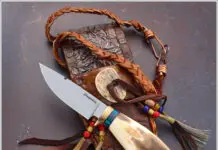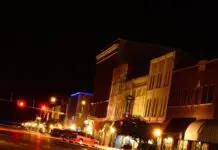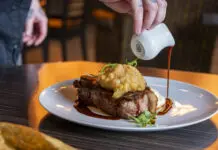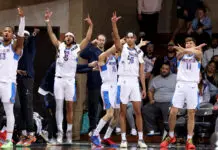If you’re one of those people who gets bored at work and spends your entire day surfing the internet, I have two things to tell you. The first is thank you. Because of your laziness and lack of productivity, I’m able to live an enjoyable life as a stay-at-home blogger. The second is to perform a search for weird Oklahoma laws. You’ll be surprised what you’ll find.
However, if you’re one of those loyal, hardworking employees who doesn’t waste away your day online, you may never get a chance to read about some of our state’s bizarre laws. That’s why I decided to do you a favor and share seven of the weirdest I found online. In all honesty, I’m not sure if they are real or just urban legends, but they were found on a random internet webpage. Those things are never wrong.
It is against the law to read a comic book while operating a motor vehicle. Sure, you can legally text, tweet and stalk your ex-boyfriend on Facebook while driving, but you can’t read a comic book. That’s silly. That said, if you’re ever caught breaking this law, just inform the officer that you’re reading a graphic novel. He may make fun of you, but at least you won’t get a ticket.
Whaling is illegal. I think this is a good law. Even though we don’t have any known whales within our border, if one ever does show up, we don’t want some yahoo on Grand Lake shooting it with a harpoon. That would be gross.
Clothes may not be washed in birdbaths in Wynona. With the threat of the bird flu, this makes sense. Know what doesn’t make sense? Living in Wynona. When the name of your town makes people think of the masculine Judd, it’s probably time to move.
Fish may not be contained in fishbowls while on a public bus. Maybe if this ordinance were lifted, more people would use public transit. Wait, we live in Oklahoma. Nobody uses public transit.
It’s against the law to walk backwards in downtown while eating a hamburger in Oklahoma City. Pfft, like Oklahomans walk anywhere. Besides, it’s really hard to walk backward and dip your burger in ranch dressing, anyway.
In Bromide, it is illegal for children to use towels as capes and jump from houses pretending to be Superman. This law is weird. Were the kids genuinely pretending to be Superman or where they upset that they lived in Bromide? Considering the town is named for a 19th-century sedative, I’ll go for the latter.
Women may not gamble in the nude, in lingerie, or while wearing a towel in Schulter. This law is just dumb. Women should have the freedom to wear whatever they want (or don’t want) when gambling at a casino…or my home poker game.
Read Patrick’s other Oklahoma outrages at www.thelostogle.com.

























